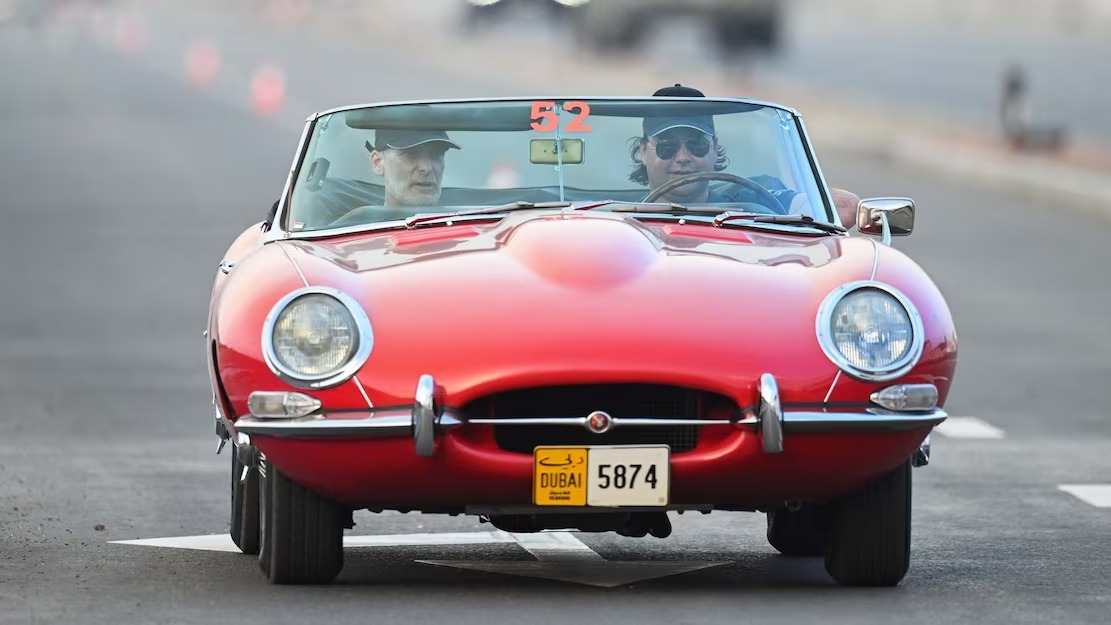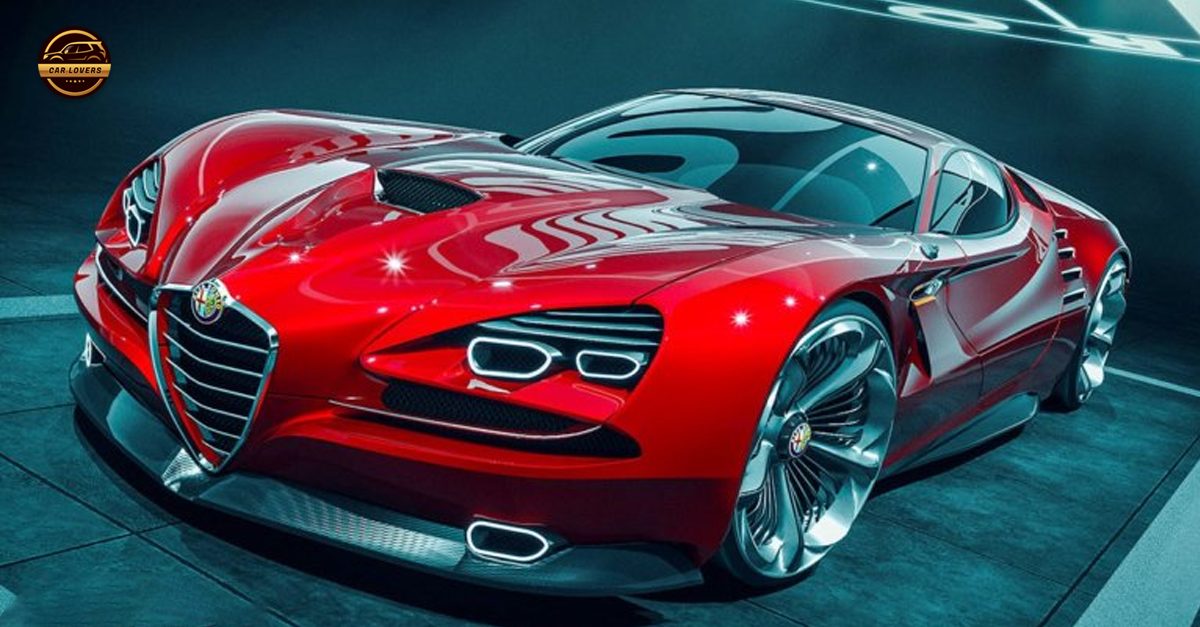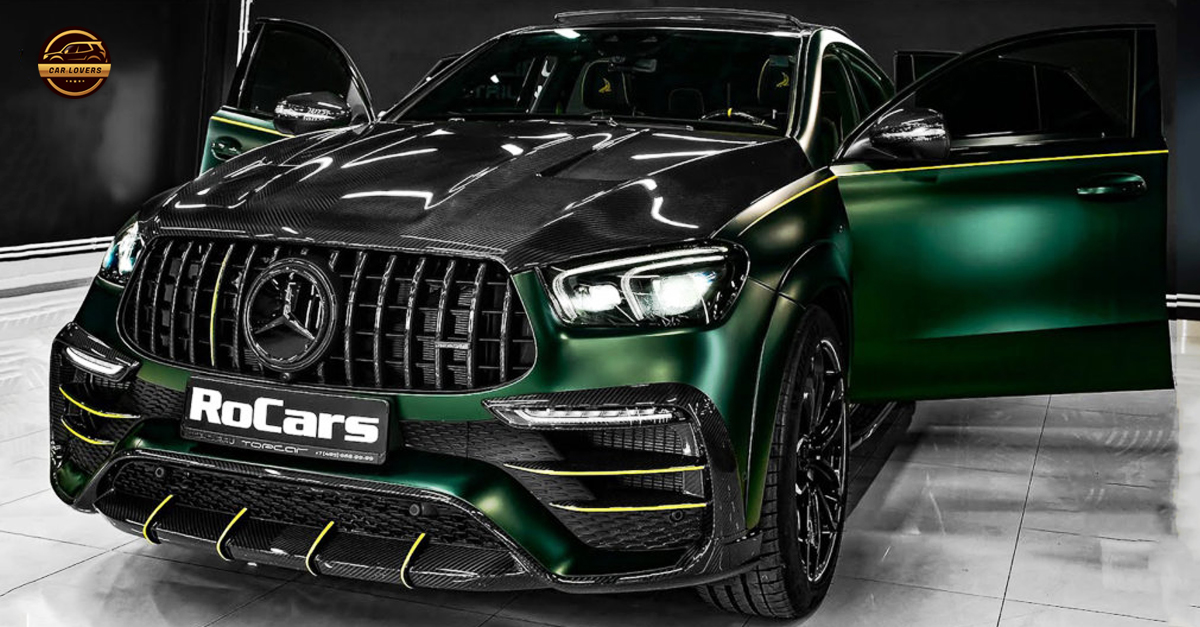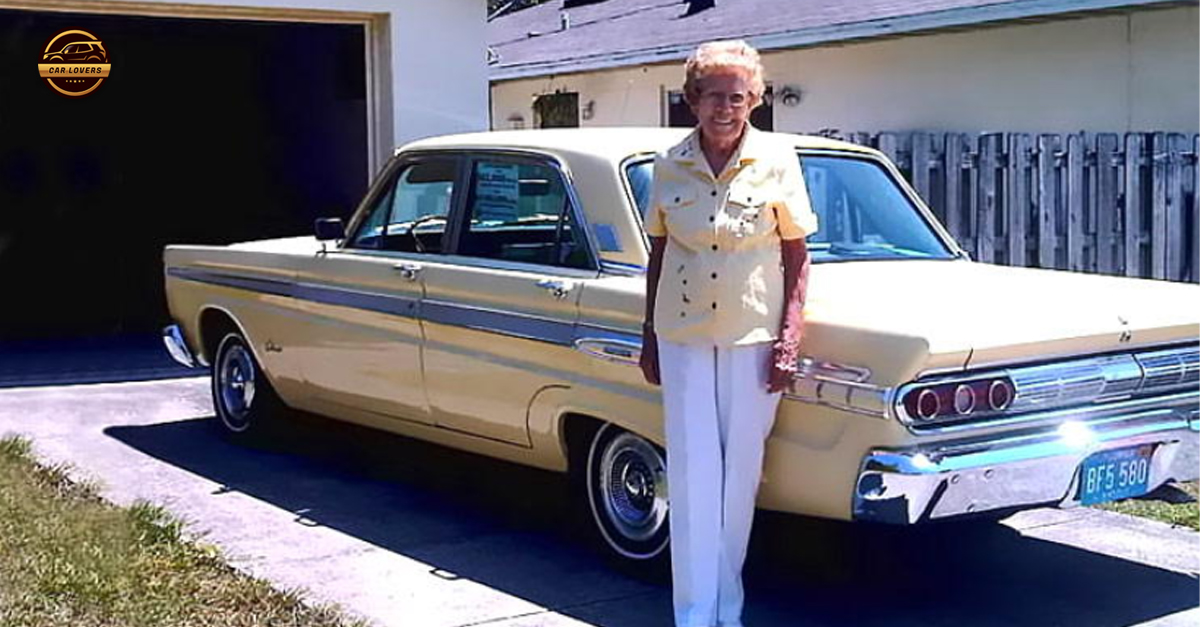Balky carbs, electrical gremlins, and the fresh perspective only an old car can bring.
Read car publications long enough, and you’ll notice a pattern. Many of the most famous automotive journalists own or have owned troublesome old British cars. You’d almost think it was a job requirement. I’ve been doing this for 15 years and have yet to so vex my bank account and sanity, but a fresh taste of that foreboding fruit, behind the wheel of a cantankerous 1967 Jaguar E-type 4.2-Liter, has me thinking of old friends and influences.

In truth, I’d like to give you a thorough and thoughtful review of one of the precious few truly iconic cars out there. The one Enzo Ferrari allegedly called “the most beautiful car ever made.” This Series I convertible with fewer than 45,000 original miles ought to be the perfect example to transport us back in time the better part of six decades. Alas, not today it isn’t.
It just isn’t running quite right. Over 3,000 rpm it chokes and coughs and eventually backfires. Three fouled plugs certainly weren’t doing the barely tamed straight-six racing engine any favors, but unfortunately, it’s not as simple as cleaning them. Best we can tell, the triple SU carburetors are out of sync and probably running a touch rich, because the car is running out of breath above 4,000 rpm (well short of its 5,000-rpm redline), and it clearly isn’t making the advertised 265 horsepower and 283 lb-ft of torque.

It’s Fussy, But It Doesn’t Matter One Bit
Completely healthy or not, it’s mine to drive four days and 1,000 miles across the Emirati desert, up mountains, and along the tranquil Persian Gulf. It starts easy enough by turning the key and thumbing the starter button. Little choke is needed in such pleasant weather, but it takes a long time to really warm up. Eventually, it settles into a smooth idle and with clean plugs and pulls smoothly up the tachometer in the way only inline-six engines can.
Turns out it isn’t just the engine that’s out of sorts. The speedometer is so far off it would probably be more accurate interpreting the kph reading as the mph number. The backlights for the instruments didn’t work, at least until a good bump in the road just as it was getting too dark to make out the markings fixed the problem. The transmission is recalcitrant, constantly unhappy about shifting down into second gear to the point of requiring a lot of double-clutching and throttle blipping to get it to notch in.
I don’t care. I’m driving the pinnacle of E-types, the Series I 4.2-liter. The big, wood-rimmed steering wheel is delicate to the touch and easy to turn. It elicits almost immediate and remarkably precise response from the tires at the other end of the mile-long hood. Second gear notwithstanding, the spindly shifter finds its gates easily and pushes its gears into mesh with just a little muscle. The disc brakes, revolutionary for their time, return a firm, informative pedal—even if the actual stopping power is underwhelming by today’s standards.

So, too, is the once-remarkable suspension. Fully independent and coil-sprung at all four corners, it’s excellent right up until it isn’t. It’s completely clear about its limit, when it simply runs out of travel and the shocks can’t do any more to keep it in line. Until then, it controls body movements well while allowing enough roll to feel exactly what the car is doing beneath you. The narrow tires and somewhat narrow track (especially compared to the wheelbase) give the car lower limits than you might expect until you remember it would’ve originally come on bias-ply tires and was meant to be driven with slip angle.
Maybe the car’s doing me a favor by withholding its full potential. An E-type in this condition could be worth north of $400,000. Perhaps I don’t need all 265 horsepower in a car that weighs less than 3,000 pounds and is worth as much as a house. In all honesty, none of it matters. I’m just happy to be here, driving a bucket list car with the top down and no chaperone. Even in this line of work, this kind of thing doesn’t happen often.
Tête-À-Tête With A 250 GTO
Had everything been in order, it’s entirely possible I’d have not been where I was at the precise moment a Ferrari 250 California LWB and I were passing through one of the most beautiful portions of the 1000 Miglia Experience UAE route. Instead, there I was on his tail, weaving alongside a dry riverbed surrounded by bare rock mountains and scrubby trees. For more than 30 glorious minutes, I diced it up with one of the most valuable cars in the world from behind the wheel of its most sophisticated contemporary. It’s the stuff dreams are made of.
I’m just glad the Jag had the disc brakes and the Ferrari the drums when a suicidal goat ran across the road in front the Ferrari. No goats were hurt, nor was I responsible for crashing a car worth several hundred thousand dollars into the back of one worth tens of millions.

Yes, maybe the car is doing me a favor. Or maybe it just isn’t happy about being wrested from its slumber in a climate-controlled garage. Halfway through the third day, I coast into a small-town filling station on fumes, just happy to not be stranded on the desolate highway between the dunes. Happy, that is, until the car refuses to start as soon as I’ve paid for a full tank. Somewhere around the time I started to become seriously concerned about running out of gas, the alternator (new for the ’67 model year) decided to give up the ghost. Whatever was left in the battery by the time I reached fuel wasn’t enough to matter.
The filling station didn’t sell car batteries (a fresh one probably would’ve got me to my destination before it was completely drained) and E-type parts are difficult to come by, well, everywhere, so that was that. On a flatbed it went, and my time with the Jaguar ended in a decidedly unglamorous fashion.

Perspective Altering Experience
Still, after two-and-a-half days at the wheel of the E-type, it did wonders for my perspective. I better understand the affinity classic car aficionados have for crotchety old British cars. I understand better how driving, owning, maintaining, and wanting to set fire to one has affected many of my own influences, MotorTrend editors past and present, including Frank Markus and his Sunbeam Tiger (with an Italian engine that’s at best a lateral move in reliability), Todd Lassa and his bugeye Sprite, and Angus MacKenzie and his … oh wait, he has an equally old Italian car, not British. Same perspective, regardless. And of course, Kim Reynolds and the Series I E-type he once owned and still misses.
I get it, guys. And thanks.





